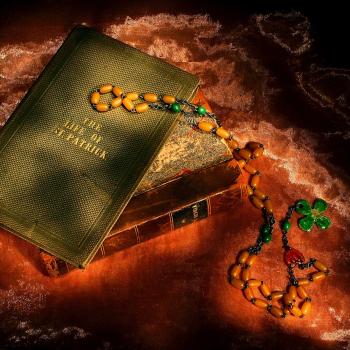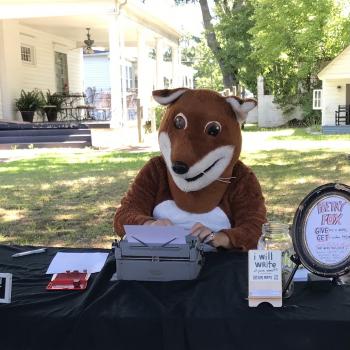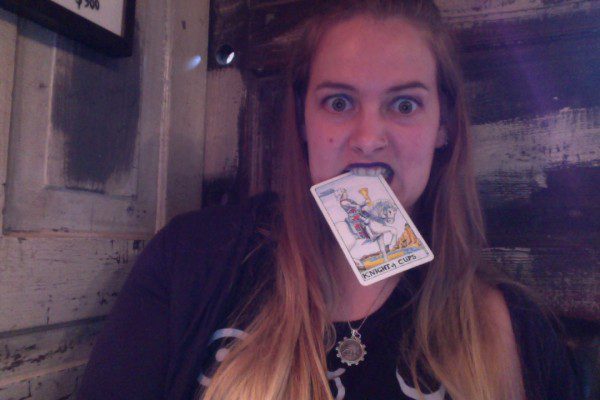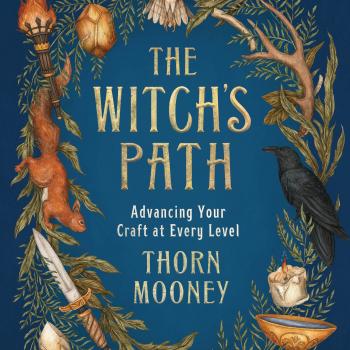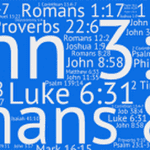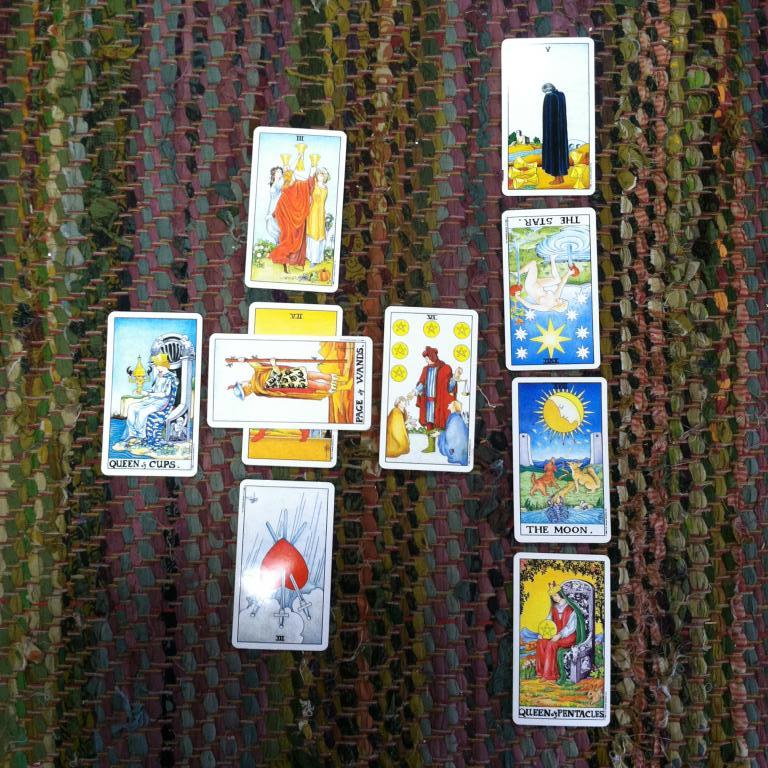 When I got my first tarot deck, The Unicorn Tarot, it came with a little white book (LWB) that listed vague keywords for each card, the usual bullshit history about the totally ancient art of divination with tarot, and instructions on performing a reading with the ubiquitous Celtic Cross spread.
When I got my first tarot deck, The Unicorn Tarot, it came with a little white book (LWB) that listed vague keywords for each card, the usual bullshit history about the totally ancient art of divination with tarot, and instructions on performing a reading with the ubiquitous Celtic Cross spread.
I tell you what, I pored over that tiny fucking book, pulling it out every two seconds and trying to make sense of lines like, “The spiritual unicorn reminds us of our spiritual selves!” and “He has awakened to his higher self, as we all must learn to do, given time.” (Hint: I couldn’t make sense of these sentences as a teenager because they don’t actually mean anything in real life.) I diligently (not to mention ultra-spiritually) laid out cards in that ten-card pattern, only to be immediately overwhelmed by New Age buzzwords and really terrible unicorn pictures.
Being a no0b, I did what most people who buy tarot decks do: I assumed the problem was with me and I put my cards away, because, clearly, I just wasn’t cut out to work with tarot.
The problem wasn’t me. The problem wasn’t even really my heinous teenaged taste in art. The problem was that the Celtic Cross is a poor place to start for anyone, and doesn’t even make much sense further down the road.
Near as anyone can tell, the Celtic Cross comes out of the assorted Golden Dawn materials and was propagated (if not totally invented) by A.E. Waite in the early 20thcentury. Waite was super into the Holy Grail/Celtic religion thing and was, like many of his colleagues, invested in demonstrating how there was a great deal of commonality in the various schools of occult thought, intersecting with ancient religions, etc., etc. Nobody at the time was really above making weak claims as to the antiquity of assorted pieces of occult wisdom, and the Celtic Cross just sort of gently leached into the magical water supply as the tarot’s popularity grew.
Whatever the Celtic Cross is, it is most surely neither ancient nor Celtic.
But even if it were, it would still be a crappy spread for beginners (and maybe anyone). I say this because it’s just a hell of a lot of information. Ten positions, plus ten individual card interpretations, plus whatever connections you make as a reader is just a lot of opportunity for overload. Especially when any one card provides so much detail that it could, essentially, answer any question. Whether you’re an intuitive reader or you rely on an esoteric system, there’s a ton to say about any single card. A beginner, especially one relying on a LWB, does not need ten of them. In fact, most of the professionals I know don’t need ten of them.
I very rarely use spreads that involve more than five or six cards. My favorite spreads involve three or less. I think it’s a mistake to assume that “more complicated question” automatically equates to “more cards.” Just consider how much has been written about any one card (including the minors). Consider the level of detail in each image (at least, the ones that come out of the Golden Dawn tradition, which is most of them). Consider the possible permutations for interpretation available in the combination of any two or three cards.
Less is more. Less often ensures a greater level of clarity. Less is fewer opportunities for confusion or conflict. Less is further safeguard against just reading whatever you want into a spread.
Don’t believe me? Try answering a complicated question with a single card. Pull out every detail and every bit of tradition attached to that card. I think most people would be surprised.
[Throwback Thursday! Originally published on www.thornthewitch.com in February of 2015.]






